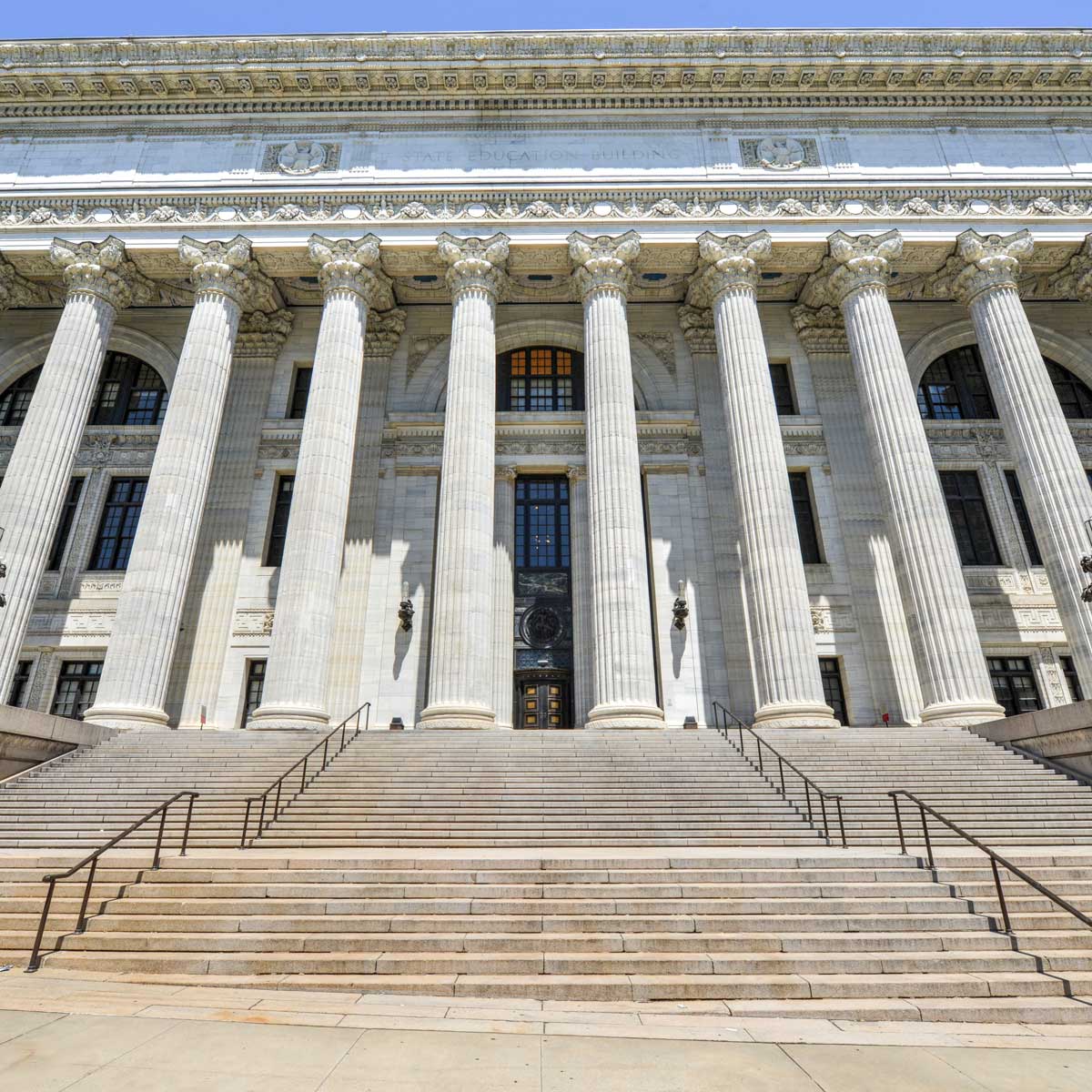Much anticipated guidance for higher education institutions from the Department of Education was released following the Higher Education Emergency Relief Fund (HEERF) III under the American Rescue Plan. Here’s a breakdown:
HEERF III Follows Rules from HEERF I
HEERF III follows the allocation rules from HEERF I, in which at least 50 percent of funds must be spent on student grants, while the remaining 50 can be spent on institutional purposes. As you may recall, HEERF II allowed schools to only match the total dollar amount of HEERF I funding for students – so with a larger dollar allocation of HEERF II vs. HEERF I, the percentage allocated to students could be less than 50. Nonetheless, institutions could spend more on students using some of its institutional portion to accomplish this.
Student Eligibility
A significant change that occurred since HEERF I is student eligibility to receive both HEERF II and HEERF III. The guidance for HEERF required that student grants were restricted to students that were Title IV eligible (students who could file a FAFSA). Another requirement under HEERF I was the student could not be a completely online student. In the DOE’s recent announcement, they clarified: HEERF II and III funds are now extended to online students as well as non-degree seeking, non-credit, dual enrollment, continuing education students and students who have left school for any reason during the period of the national COVID-19 emergency. The new guidance also expands eligibility to students who are qualified aliens, including refugees and persons granted asylum. Previously, these students would not have been Title IV eligible and would not have received a HEERF I emergency grant.
Emergency Grants
The DOE also confirmed that schools do not need the student’s consent to provide emergency grants and that schools can use their normal process for providing a credit balance refund to students. Affirmative student consent is still required in cases of emergency financial aid grants applied directly to a student’s existing account balance. This is backed by the reasoning that students should first have the ability to satisfy their emergency needs – such as food, transportation and childcare – before agreeing to apply these grants to their account balances. Another important item from the DOE was permitting schools to use their institutional portion to pay unpaid student account balances.
Grant Extension
Further, it was a welcome relief to institutions that the one-year spending requirement on HEERF allocations was moved to the date of the upcoming HEERF III grant award date. This means the original HEERF I grant spending is extended until a year after this latest HEERF III grant date. Under certain circumstances, schools can request an additional year extension to spend the HEERF funding.
Recovering Lost Revenue
Probably the most welcome new guidance answers the question “can institutions recover lost revenue with HEERF grants?” Under HEERF I, the most common use of the institutional funds was for the schools to reimburse themselves for the room and board the schools voluntarily gave back to students who were no longer on campus during 2020. Schools are still responsible to tie the loss revenue to the pandemic. Therefore, if a school decided before March 13, 2020, for example, to close a satellite campus for cost cutting measures, this would not constitute lost revenue that could be caused by the pandemic and would not be an eligible use of HEERF III funds. Allowable sources of lost revenue, per the DOE’s website, include tuition, room, board, fees, summer camps, bookstore, parking and various other auxiliary services, to name a few. Lost revenue does not have to be associated with, or netted against, expenses and is considered an allowable use (type of expenditure) for quarterly and annual reporting to ED and on the Schedule of Expenditures of Federal Awards (SEFA).
In the DOE’s FAQs from March 19, 2021, a more detailed list of specific sources of lost revenue includes various academic and auxiliary services sources as well as a list of unallowable uses of funds.
Institutions can begin assessing lost revenue back to the start of the pandemic and charge this lost revenue through the period of performance (which is one year from the date of the latest HEERF award). According to the DOE, the date that an institution charges its HEERF grant award for lost revenue is the date that lost revenue cost has been “incurred.” Please click here to read the frequently asked questions and associated answers to inquiries about lost revenues.
For a fiscal June 30 year-end school that reports the last of its HEERF III funds at the year ended June 30, 2022, records must be kept through June 30, 2025.
Ultimately, FAQs from the recent guidance contain examples of the assumptions and calculations of lost revenue that can be followed by your institution. The DOE expects schools to have sufficient documentation to support all the calculations of lost revenue, and schools need to be aware that if the HEERF awards were not audited as a federal major program for 2020, it is very likely the HEERF grant will need to be tested by your auditor for 2021.
Visit our Resource Center








